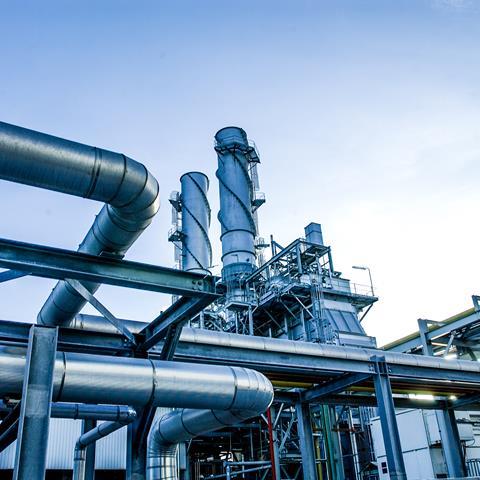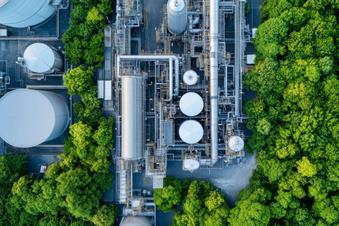The UK Climate Change Levy (CCL) is an environmental tax designed to encourage businesses to improve energy efficiency and reduce carbon emissions. Introduced in 2001, the CCL applies to non-domestic energy users and is charged on taxable commodities used for heating, lighting, and power, including electricity, natural gas, liquid petroleum gas and solid fuels. However the chemical sector benefits from a number of exemptions to the CCL. These exemptions relate to non-fuel uses and are outlined below. You can read more about these exemptions on GOV.UK.
If you are a chemical manufacturer in the UK, running a process that is not exempt from the CCL, then the Climate Change Agreements (CCA) scheme can provide a 92% reduction on your CCL liability. Under the CCA scheme, a medium sized industrial energy user could be saving £150,000 on electricity and £200,000 on gas. You can read more about the CCA scheme on our website. Please contact ciabata@cia.org.uk to see if your site is eligible for relief.
Exempt non-fuel use
1. Electricity in electrolysis for the production of:
- flourine
- chloroalkali (chlorine, caustic soda and caustic potash)
- hydrogen peroxide, persulphates, chlorates and peroxyorganic acids by electro-oxidation
- basic materials directly from an ore or other compound (electrowinning)
- advanced chemicals from other more basic chemicals
2. Electricity in the following types of electrolysis:
- electro-organic synthesis of fine organics and intermediates such as adiponitrile
- to purify materials (as distinct from electrowinning)
- involving sodium chlorate, potassium permanganate, potassium dichromate, manganese dioxide, cuprous oxide, sorbitol, fatty alcohols
3. Electricity in battery formation.
4. Natural gas:
- as feedstock to produce hydrogen and for hydrogenation reactions
- in the production of hydrogen and carbon monoxide for the reduction and subsequent purification of nickel
- as a feedstock in producing acetic acid and acetic anhydride by a partial oxidation process
- to provide carbon in producing carbon-carbon composites
- in manufacturing sodium cyanide
- and propane in steam reformers to produce a mixture of hydrogen and carbon monoxide in the production of:
- fertiliser
- OXO (oxonation) chemicals — detergent and plasticiser alcohols
- phosgene
- ammonia
- higher alcohols, synthetic fuels, plastics precursors
- methanol methyl tertiary butyl ether, formaldehyde, formic acid, acetic acid, methyl amines, single cell proteins
5. Methane as a feedstock in producing higher paraffins and their derivatives.
6. Liquefied petroleum gas as:
- a propellant in aerosols
- feedstock in the cracking process to produce lower olefins
7. Lower olefins as feedstock for conversion by chemical processes.
8. Propylene as feedstock in the manufacture of propan-2-ol (iso-propyl alcohol), polypropylene and cumene.
9. Petroleum coke in the manufacture of carbon and graphite electrodes.
10. Coke:
- as a resistor in electro-thermal furnaces
- in the manufacture of titanium dioxide by the chloride process
Exempt non-fuel use (Mixed uses)
1. Coke as a source of carbon dioxide in the ammonia soda process for producing soda ash
2. Coal, coke and anthracite used for its structural properties as a bedding agent in the extraction of gas from waste material
3. Natural gas as a reductant in emission control systems, for example, in the reduction of oxides of nitrogen
4. Natural gas in the manufacture of methocrylate monomers and polymers including that natural gas used for emission control which is an integral and essential part of the manufacturing process
5. Natural gas as feedstock in the production of carbon black
6. Liquid propane in the production of ethylene where heat is provided either by combustion of the waste products or from another source
7. Commodities in the reduction of chlorine




